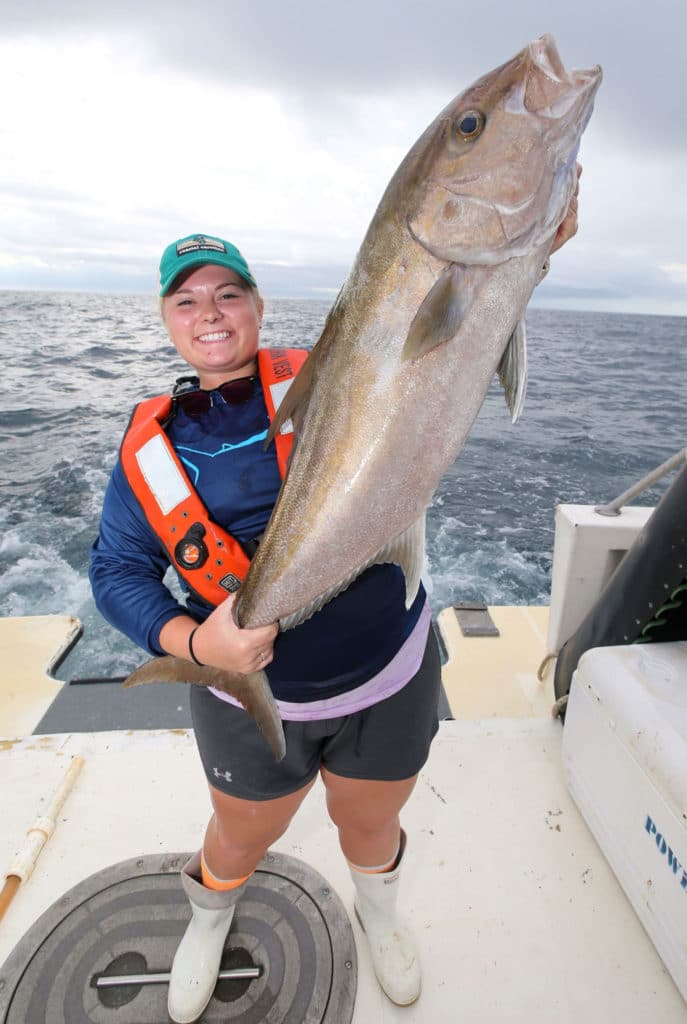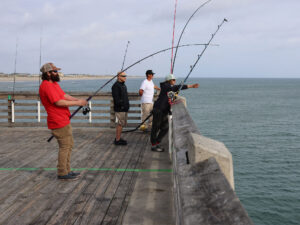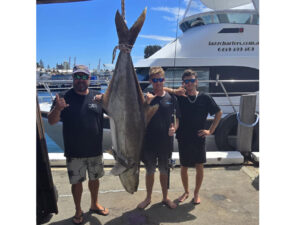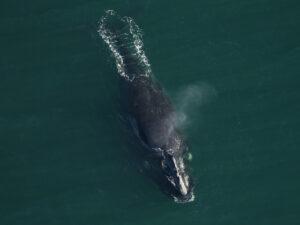
One of the more popular and toughest-fighting deep-water gamefish along the Southeast and Gulf Coasts will be studied in depth for population numbers by a large team of noted marine scientists.
The research team includes geneticists, modelers, statisticians, ecologists and oceanographers from the Atlantic and Gulf coast regions. Project leader Sean Powers, chair of the Marine Sciences Department at the University of South Alabama and a senior marine scientist with Dauphin Island Sea Lab, says that many of the project researchers have worked together for more than 20 years and have helped advance the science that makes such large-scale studies possible.
Many team members also were part of the Great Red Snapper Count, a recent and highly-regarded study by Gulf Coast States that documented the undercounted and great abundance of red snapper in U.S. Gulf waters.
In 2020 Congress appropriated money for Sea Grant to implement a research program independent of NMFS to support the Greater Amberjack stock assessment process.
The research team consists of 18 scientists from 13 institutions. The study was awarded $9 million in federal funds for the two-year project. With matching funds coming from institutions, project funding will total nearly $12 million.
The research team will study amberjack movement and how it is distributed by habitat, including natural and man-made reefs.
“We build on a lot of lessons learned from the Great Red Snapper Count,” says Powers. “We know what we did pretty well, and we know what we have to improve. This one should be even better than the last.”
Researchers will use several technologies in the study, including hydroacoustics, underwater cameras and remotely operated vehicles to count amberjacks.
Scientists also will use Environmental DNA (eDNA) technology to correlate fish density with the amount of eDNA in the water. Scientists have used eDNA to determine the presence of species such as sturgeon and bluefin tuna, Powers said, and the amberjack study will determine if it is a viable option for abundance studies.
“We are not only going to get an abundance estimate of amberjack,” says Powers. “We’re going to try to figure out how we apply the latest technology to improve our ability to monitor fish populations. We will look at which technologies work best.”
The study will include high-reward fish tags worth $250 to anglers who return them and report catch locations.
“I am pleased that the University of South Alabama and Auburn University have been selected as institutions awarded grant funding for the Greater Amberjack Abundance Study,” U.S. Senator Richard Shelby (R-Ala.), vice chairman of the Senate Committee on Appropriations, said. “This is great news for anglers along the Gulf Coast. The research grant will help resolve discrepancies in regard to Greater Amberjack stock assessments and inform researchers of the best ways to monitor these populations moving forward. Alabama scientists and researchers are leaders when it comes to reef fish management, and I am confident that this project will be successful as a result of their involvement.”








